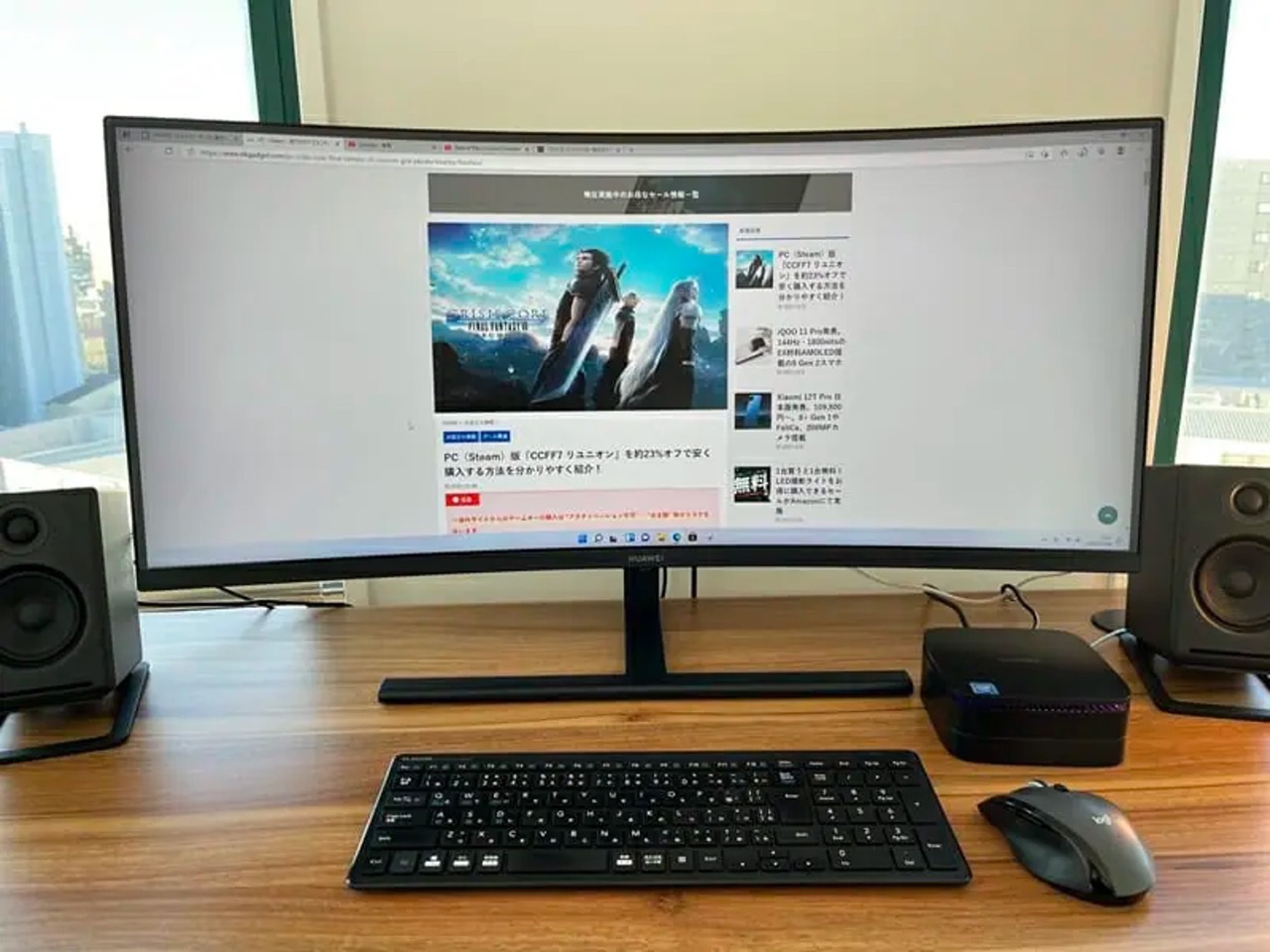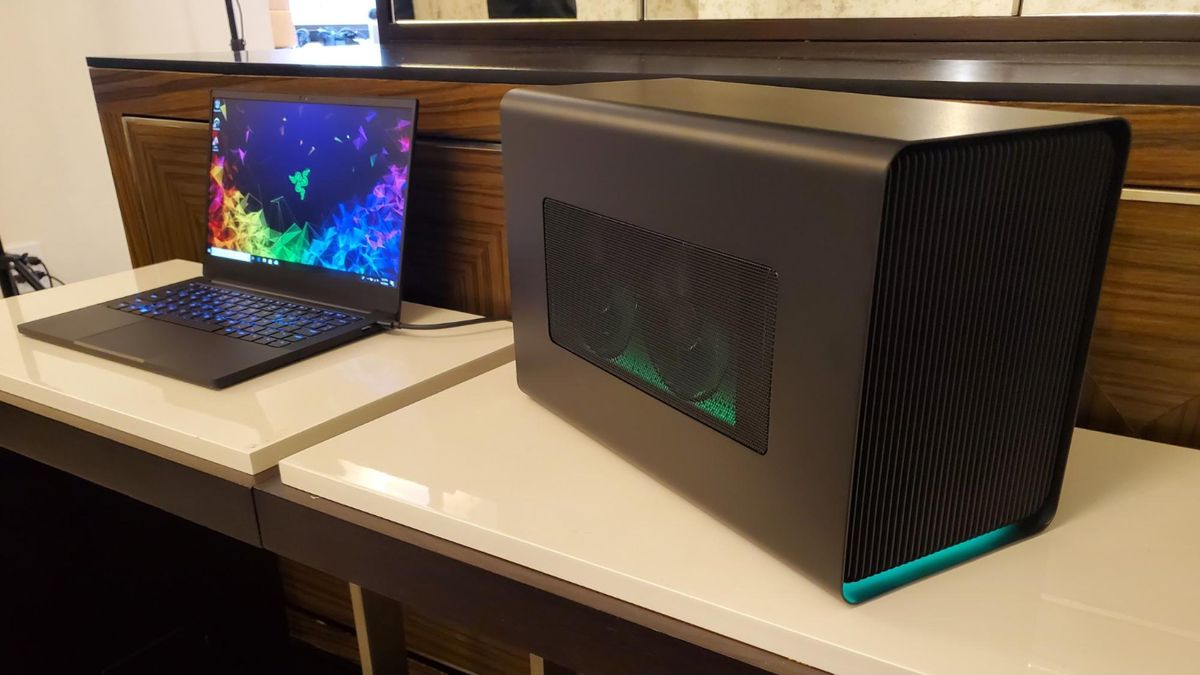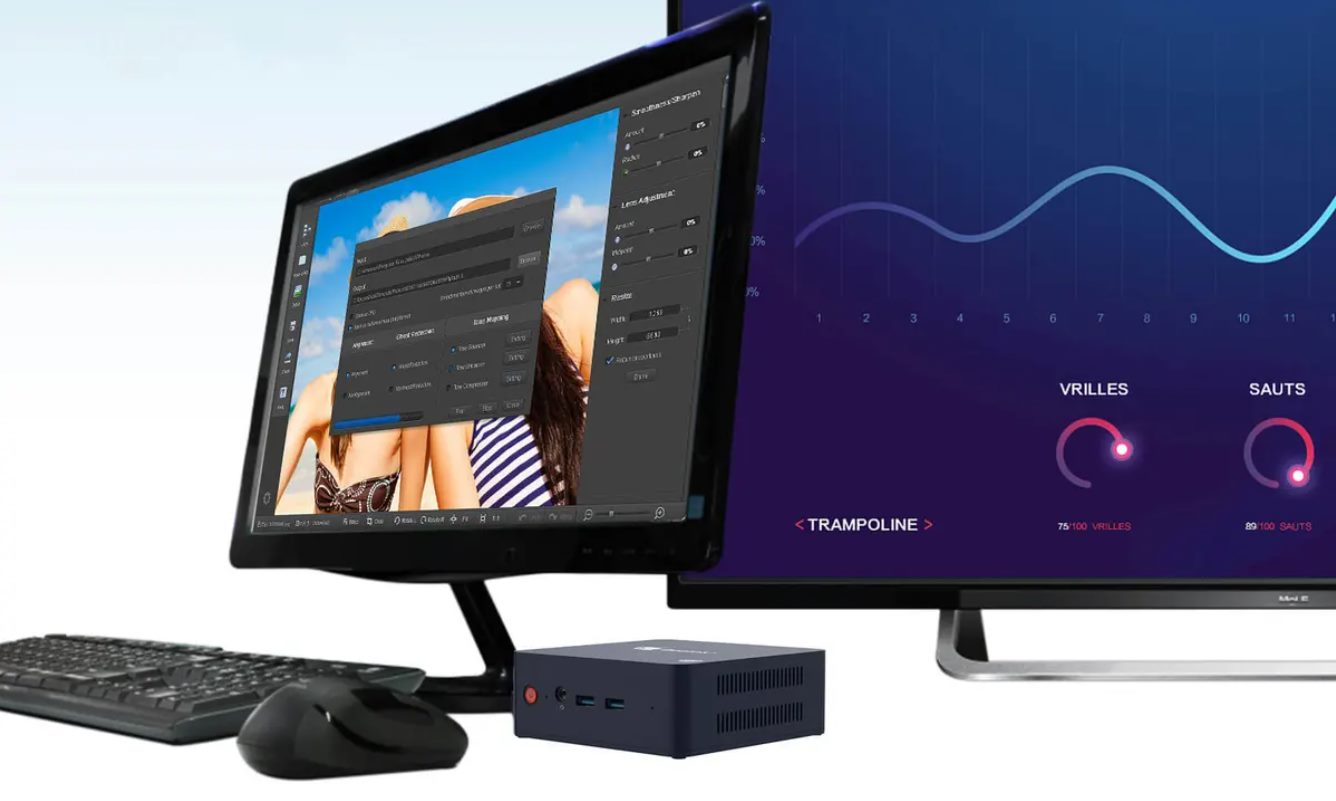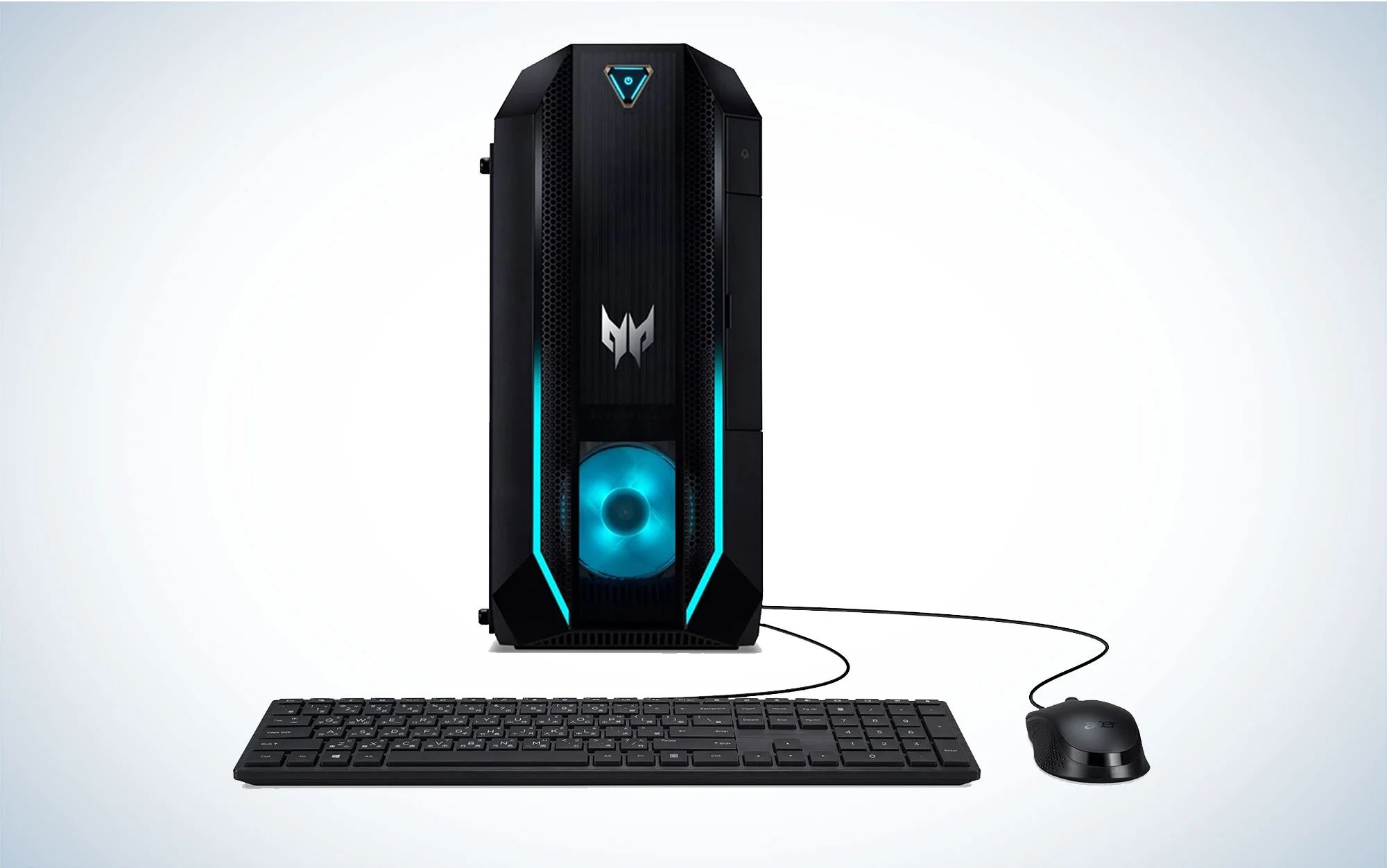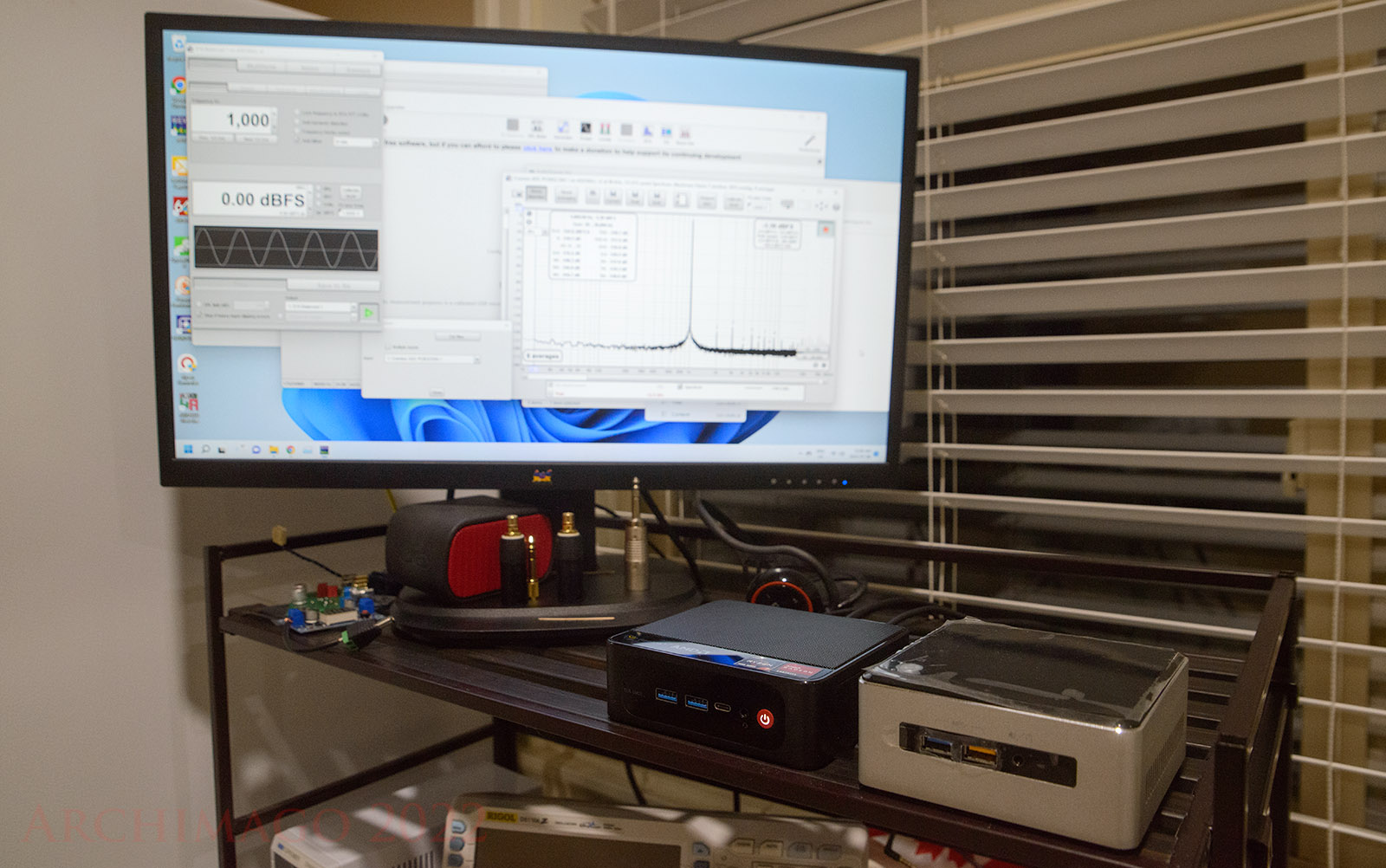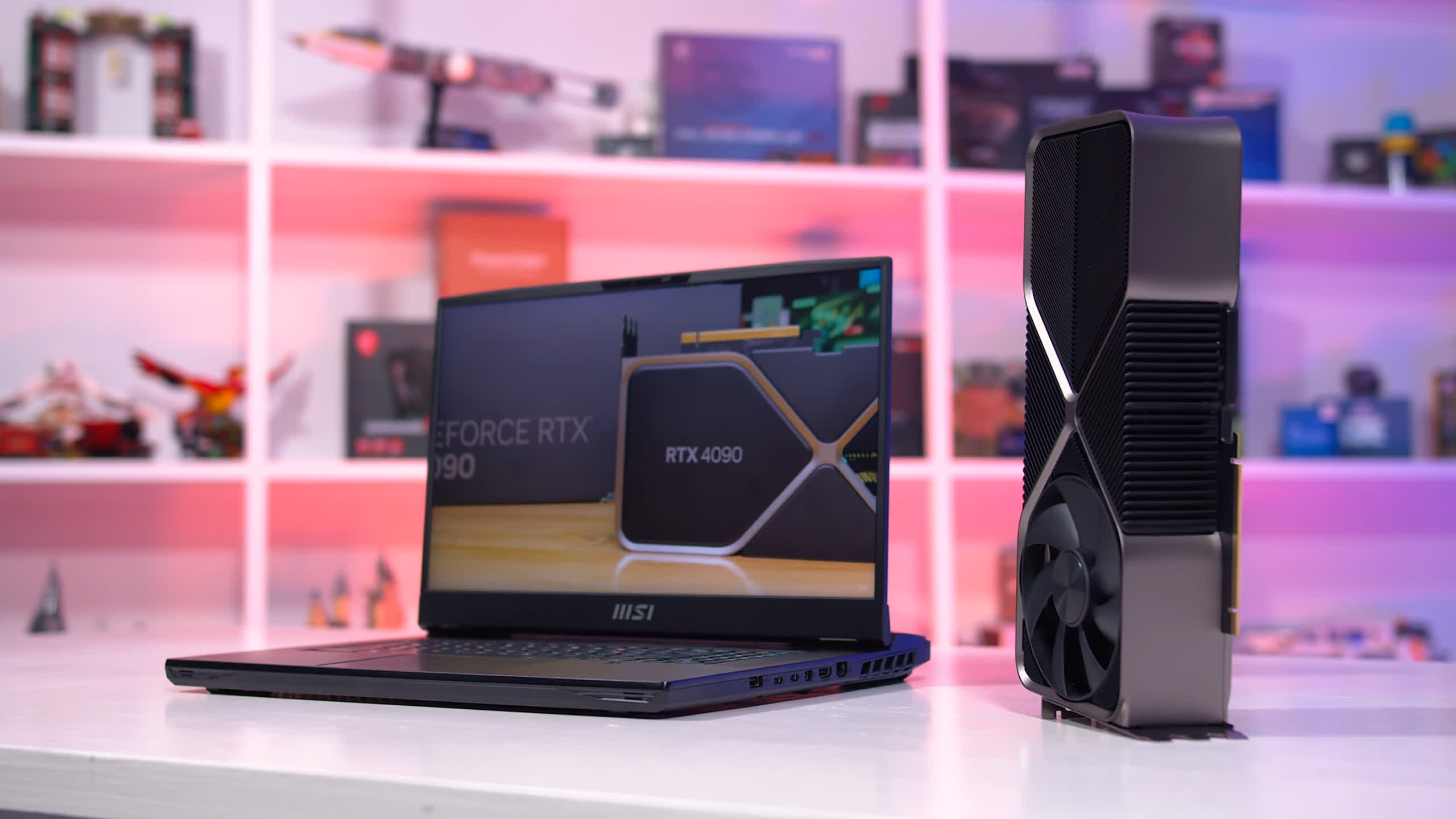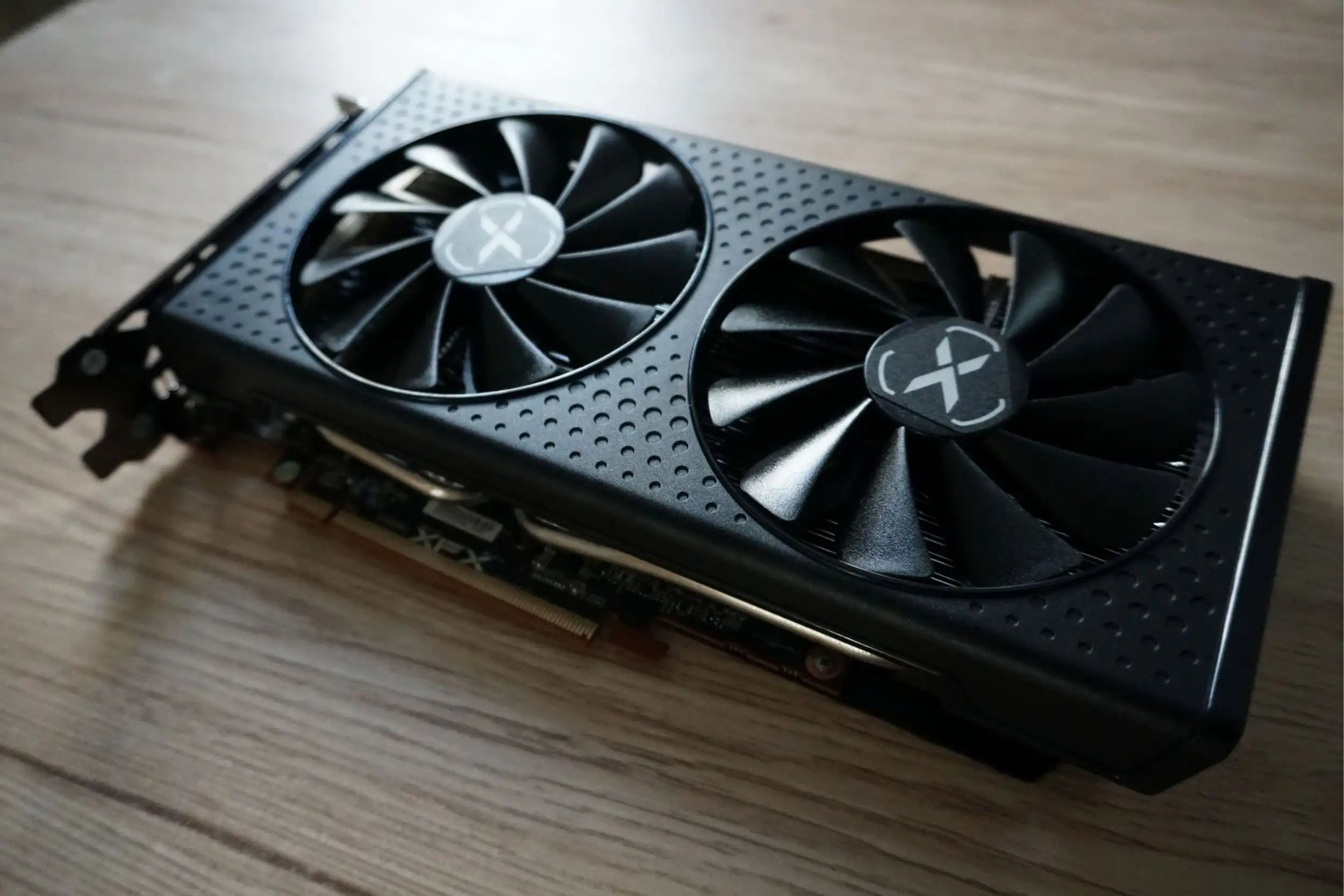Introduction
Having a broken DVI port on your mini PC can be frustrating, especially if you rely on it for connecting external displays or monitors. However, don’t worry! In this guide, we will show you how to fix a broken DVI port on your mini PC so that you can get back to using it seamlessly.
DVI (Digital Visual Interface) ports are commonly found on mini PCs and are used to transmit high-quality digital video signals to displays. Over time, these ports may become damaged due to various reasons, such as physical impact, loose connections, or wear and tear. When a DVI port is broken, it can prevent you from enjoying the optimal display quality or connecting external monitors.
By following the step-by-step instructions in this guide, you can save money on costly repairs or purchasing a new mini PC. The process may seem daunting at first, but with the right tools and a little patience, you can successfully replace the broken DVI port yourself.
Before we dive into the steps, it’s important to note that these instructions are designed for general reference and may vary depending on the specific mini PC model you own. Always refer to your mini PC’s user manual or consult the manufacturer’s website for model-specific instructions if available.
Now, let’s get started and learn how to fix a broken DVI port on your mini PC so you can enjoy a seamless and high-quality visual experience!
Understanding the DVI Port
Before we embark on fixing a broken DVI port, it’s crucial to have a basic understanding of what a DVI port is and how it functions.
DVI stands for Digital Visual Interface, and it is a common type of video port found on mini PCs. The primary purpose of the DVI port is to transmit high-quality digital video signals from the mini PC to an external display, such as a monitor or a projector.
There are different types of DVI ports, including DVI-D, DVI-I, and DVI-A. DVI-D supports only digital signals, DVI-I supports both digital and analog signals, and DVI-A supports only analog signals. It’s essential to know the type of DVI port your mini PC has to ensure compatibility when replacing a broken port.
DVI ports have different configurations, such as single-link and dual-link. Single-link DVI ports can support resolutions up to 1920×1200, while dual-link DVI ports can support higher resolutions, such as 2560×1600. Understanding the configuration of your DVI port will help you choose an appropriate replacement.
Mini PCs with broken DVI ports may exhibit various issues, such as a black or flickering screen, no video output, or distorted visuals. These problems can occur due to a faulty DVI port, loose connections, or damaged pins within the port.
By familiarizing yourself with the basics of the DVI port and its functionality, you will be better equipped to diagnose and fix any issues that may arise. In the next sections, we will delve into the step-by-step process of fixing a broken DVI port on your mini PC.
Step 1: Assess the Damage
The first step in fixing a broken DVI port on your mini PC is to assess the extent of the damage. Before you begin disassembling your mini PC, it’s crucial to determine whether the issue lies solely with the DVI port or if there are any other underlying problems.
Start by inspecting the physical condition of the DVI port. Look for any visible signs of damage, such as bent or broken pins, loose connections, or debris obstructing the port. Use a flashlight if needed to get a clear view of the port.
Next, check the mini PC’s user manual or the manufacturer’s website to see if there are any known issues or troubleshooting steps specific to your model. This information can provide valuable insights into common problems associated with the DVI port.
If possible, try connecting a different display or monitor to the DVI port to test if it’s functional. If the issue persists with multiple displays, it’s likely that the problem lies with the DVI port itself. However, if the problem is isolated to a specific display, it could indicate an issue with that particular monitor.
Assessing the damage enables you to determine the severity of the problem and decide the best course of action. If you find that the DVI port is indeed broken, continue to the next steps to learn how to replace it.
It’s important to note that attempting to fix a broken DVI port may void the warranty of your mini PC. If your mini PC is still under warranty, consider contacting the manufacturer for support or seeking professional assistance before proceeding with the repair.
Step 2: Gather the Necessary Tools
Before you begin disassembling your mini PC to replace the broken DVI port, it’s essential to gather the necessary tools. Having the right tools on hand will make the process smoother and help ensure a successful repair.
Here are the tools you’ll need:
- Screwdriver set: A small screwdriver set with different sizes and types of screwdrivers will be necessary to remove any screws holding the mini PC casing or securing the DVI port.
- Antistatic wrist strap: This will help protect the delicate internal components of your mini PC from static electricity damage during the repair process. It’s essential to discharge any static electricity from your body before handling the internal parts.
- Plastic spudger or guitar pick: These tools can be used to gently pry open the mini PC casing without causing damage. They are particularly useful for releasing clips or latches that hold the casing together.
- Tweezers: Small, precision tweezers can be handy for handling small screws or components within the mini PC.
- Cleaning supplies: Depending on the condition of the broken DVI port, you may need cleaning supplies such as compressed air or alcohol wipes to remove dust, debris, or oxidation from the port area.
- New DVI port: It’s crucial to obtain a replacement DVI port that is compatible with your mini PC model. Refer to your mini PC’s user manual or consult the manufacturer’s website to ensure you purchase the correct replacement part.
By having all the necessary tools ready, you can save time and avoid frustration during the repair process. Double-check that you have everything listed above before moving on to the next step.
Step 3: Disassemble the Mini PC
Now that you have gathered the necessary tools, it’s time to disassemble your mini PC to access the broken DVI port. Disassembling the mini PC may vary depending on the model, so it’s essential to refer to the user manual or manufacturer’s website for specific instructions. However, we will provide you with a general overview of the disassembly process.
Before you begin, ensure that your mini PC is powered off and disconnected from any power source.
1. Start by removing any screws that secure the mini PC casing. Use the appropriate screwdriver from your set to carefully unscrew each screw. Keep track of the screws and their respective locations, as they may vary in size or type.
2. Once the screws are removed, gently pry open the mini PC casing using a plastic spudger or a guitar pick. Be cautious and apply gentle pressure to avoid damaging any internal components or cables.
3. As you open the casing, take note of any cables or connectors attached to the casing. Carefully disconnect them by gently pulling them away from their sockets or using a small amount of force if necessary. Take pictures or label the cables if you need assistance reconnecting them later.
4. Set the mini PC casing aside and locate the DVI port, which may be connected to the mainboard. It might be helpful to consult the user manual or online resources to identify the exact location of the DVI port within your mini PC model.
At this point, you’ve successfully disassembled your mini PC and reached the DVI port. In the next steps, we will focus on removing the broken DVI port and replacing it with a new one. Ensure that you have a clear workspace and keep track of all the screws, connectors, and components.
Step 4: Locate the Broken DVI Port
Now that you have disassembled your mini PC, it’s time to locate the broken DVI port. The DVI port is typically located on the mainboard and is connected to other components through small pins or connectors.
Take a close look at the mainboard and identify the DVI port. It will have a distinct rectangular shape with a series of pins or connectors. The broken DVI port may exhibit visible signs of damage, such as bent or broken pins, or it may appear loose or detached from the mainboard altogether.
Inspect the area around the broken DVI port for any signs of debris, oxidation, or loose components. These issues may also contribute to the malfunctioning of the DVI port or poor video quality. Take note of any additional problems you encounter during the inspection as they may need to be addressed.
It’s important to be gentle while handling the broken DVI port and the surrounding components to avoid causing further damage. Avoid exerting excessive force or using sharp tools that could scratch or break delicate internal parts.
Once you have located the broken DVI port and taken note of any accompanying issues, you are ready to proceed to the next step: removing the broken DVI port from the mini PC.
Remember to reference the user manual or manufacturer’s website for any model-specific instructions and precautions before proceeding with the repair. This will ensure that you have a successful and efficient repair process.
Step 5: Remove the Broken DVI Port
Now that you have located the broken DVI port, it’s time to remove it from your mini PC. Removing the broken port requires careful handling and attention to detail to avoid causing further damage to the surrounding components.
Follow these steps to remove the broken DVI port:
- Disconnect any cables or connectors: Before removing the DVI port, ensure that any cables or connectors attached to it are disconnected. Gently pull them away from their sockets or use a small amount of force if necessary.
- Identify the attachment mechanism: Take a close look at the broken DVI port to identify how it is attached to the mainboard. It may be secured by screws, clips, or adhesive. Understanding the attachment mechanism will help you determine the best method for removal.
- Remove screws: If the broken DVI port is secured by screws, use the appropriate screwdriver to carefully remove them. Keep track of the screws and their respective locations, as different screws may be used for different components.
- Release clips or latches: If the broken DVI port is held in place by clips or latches, use a plastic spudger or a small tool to gently release them. Apply slight pressure and carefully wiggle the broken port until it comes loose. Take caution to avoid damaging the mainboard or any nearby components.
- Cut adhesive (if applicable): In some cases, the broken DVI port may be secured to the mainboard with adhesive. If this is the case, use a plastic spudger to carefully cut through the adhesive around the port. Be patient and work slowly to avoid damaging any other components.
- Remove the broken DVI port: Once any screws, clips, or adhesive have been addressed, gently lift and remove the broken DVI port from the mainboard. Take care not to twist or bend any of the surrounding pins or connectors during the removal process.
By following these steps and exercising caution, you can successfully remove the broken DVI port from your mini PC. With the broken port out of the way, you are ready to proceed to the next step: replacing it with a new DVI port.
Step 6: Replace the DVI Port
With the broken DVI port removed, it’s time to replace it with a new one. Replacing the DVI port will require careful handling to ensure a secure and functioning connection.
Follow these steps to replace the DVI port:
- Prepare the new DVI port: Ensure that you have a replacement DVI port that is compatible with your mini PC model. Take note of any specific installation instructions provided with the new port.
- Align the new DVI port: Position the new DVI port in the same location where the old one was removed. Ensure that the pins or connectors on the new port align properly with the corresponding slots on the mainboard. Take additional care not to bend or damage any of the pins during alignment.
- Secure the new DVI port: If the new DVI port requires screws, use the appropriate screwdriver to carefully secure it in place. Insert the screws and tighten them gently but firmly. If the new port uses clips or latches, press it down until the clips securely fasten the port to the mainboard.
- Reconnect cables and connectors: Once the new DVI port is securely in place, reconnect any cables or connectors that were previously disconnected. Ensure that they are properly aligned and firmly inserted into their respective sockets.
- Double-check the installation: Before proceeding with reassembling the mini PC, double-check the installation of the new DVI port. Ensure that it is securely attached and there are no loose connections or visible damages.
By following these steps and exercising caution, you can successfully replace the broken DVI port with a new one. With the new port installed, you are ready to proceed to the next step: reassembling the mini PC.
Step 7: Reassemble the Mini PC
Now that you have replaced the broken DVI port with a new one, it’s time to reassemble your mini PC. Reassembling the mini PC requires careful attention to detail to ensure all components are properly connected and secured.
Follow these steps to reassemble the mini PC:
- Retrieve the mini PC casing: Locate the mini PC casing that you set aside earlier. Ensure that it is clean and free from any debris or dust.
- Reconnect cables and connectors: Carefully reconnect any cables or connectors that were detached during the disassembly process. Match the connectors with their respective sockets and insert them firmly but carefully.
- Place the mainboard back into the casing: Gently position the mainboard back into the casing, ensuring that it aligns properly with the screw holes and any standoffs or guides.
- Secure the mainboard: Use the appropriate screws from earlier to gradually and evenly secure the mainboard to the casing. Start with the corners and work your way towards the center, tightening the screws gently but firmly.
- Double-check connections: Once the mainboard is secured, double-check that all cables and connectors are properly attached. Ensure that none are loose or in danger of being pinched by the casing.
- Align and close the casing: Align the edges of the mini PC casing so that they fit together properly. Apply gentle pressure to ensure the clips or latches snap into place. Take care not to force the casing closed as this may damage the components or the casing itself.
- Insert and tighten any remaining screws: If there are any additional screws that secure the casing, insert them one by one and tighten them smoothly and evenly. Avoid over-tightening the screws.
Once you have completed these steps, you have successfully reassembled your mini PC. The broken DVI port has been replaced, and the mini PC is now ready to be tested.
Before moving on, take a moment to ensure that the casing is securely fastened, all components are properly connected, and there are no loose screws or cables. This will help prevent any potential issues in the next step: testing the new DVI port.
Step 8: Test the New DVI Port
Now that you have reassembled your mini PC, it’s time to test the functionality of the new DVI port. Testing the new port will confirm whether the replacement was successful and if the mini PC is now capable of transmitting high-quality digital video signals to external displays.
Follow these steps to test the new DVI port:
- Connect an external display: Use an appropriate DVI cable to connect your mini PC to an external display, such as a monitor or projector. Ensure that both the mini PC and the display are powered off before connecting the cable.
- Power on the mini PC and the external display: Once the DVI cable is securely connected, power on the mini PC and the external display. Wait for the devices to boot up and establish a connection.
- Adjust display settings (if necessary): Access the display settings on your mini PC and ensure that the resolution and other display settings are properly configured. Make any necessary adjustments based on your preferences and the capabilities of the external display.
- Check for a stable and clear video signal: Look for a stable and clear video signal on the external display. Ensure that the DVI port is transmitting the digital video signals without any flickering, distortion, or other issues. Test different resolutions and display modes to confirm the port’s functionality.
- Inspect for any loose connections: While the display is active, inspect the DVI cable and port connection for any signs of looseness. Ensure that the cable is securely plugged into the DVI port and that there are no intermittent connection issues.
By following these steps and conducting a thorough test, you can verify the functionality of the new DVI port. If the display shows a stable and clear video signal without any issues, it indicates a successful replacement. However, if you encounter any problems, such as a black screen or distorted visuals, double-check the connections and settings before considering additional troubleshooting steps or seeking professional assistance.
With the new DVI port tested and confirmed, you can now enjoy a seamless and high-quality visual experience on your mini PC. Congratulations on successfully completing the repair process!
Conclusion
Fixing a broken DVI port on a mini PC can be a daunting task, but with the right tools, knowledge, and patience, it is entirely possible to achieve a successful repair. By following the step-by-step instructions outlined in this guide, you can save money on costly repairs or the need to purchase a new mini PC.
Throughout this guide, we covered the necessary steps to fix a broken DVI port on a mini PC. From assessing the damage and gathering the necessary tools to disassembling the mini PC, locating and removing the broken DVI port, replacing it with a new one, reassembling the mini PC, and testing the new DVI port – each step was meticulously explained to ensure a smooth and efficient repair process.
It’s important to remember that the specific steps and precautions may vary depending on your mini PC model. Always refer to your mini PC’s user manual or consult the manufacturer’s website for model-specific instructions to achieve the best results.
By successfully replacing the broken DVI port, you can once again enjoy a seamless visual experience on your mini PC. Whether you rely on it for work, entertainment, or both, having a functioning DVI port opens up possibilities for connecting external displays and enjoying high-quality video output.
Remember to exercise caution throughout the repair process, handle all components delicately, and be mindful of the manufacturer’s recommendations. If you have any doubts or concerns, it’s always a good idea to seek professional assistance or consult with the manufacturer for further guidance.
We hope that this guide has provided you with the knowledge and confidence to fix a broken DVI port on your mini PC. With a little patience and the right tools, you can successfully restore the functionality of your mini PC and continue to enjoy its full potential.









